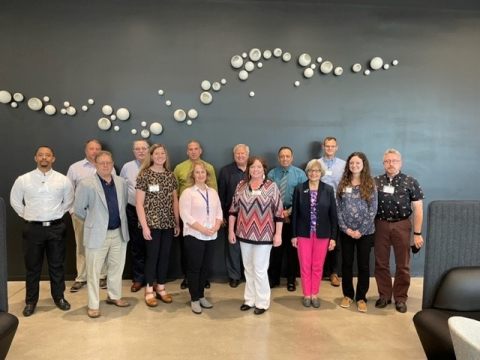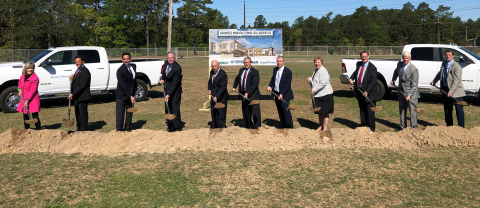The Savannah River Site’s (SRS) K Area Complex (KAC) nuclear material management facility is undergoing a large number of infrastructure projects at an unprecedented pace.

Scientists, engineers and technical experts from DOE programs learned of progress in technology development during a workshop held April 25-27 in Augusta, Georgia.
EM’s fiscal year (FY) 2023 budget request includes $56 million to expand its Minority Serving Institutions Partnership Program (MSIPP).
The $7.64 billion budget request includes about $25 million for EM’s Technology Development (TD) Program.

Local officials along with leaders from DOE, Savannah River National Laboratory (SRNL), and the University of South Carolina Aiken (USC Aiken) broke ground on the Advanced Manufacturing Collaborative (AMC) facility to be built on the USC Aiken campus.
EM Senior Advisor William “Ike” White has approved a proposal that will save decades of work and billions of dollars in spent nuclear fuel disposition at the Savannah River Site (SRS).
A significant software improvement is leading to enhanced decision-making on environmental cleanup at Los Alamos National Laboratory (LANL).
A subject matter expert on underground ventilation at the nation's only deep geologic repository has been recognized by the Society for Mining, Metallurgy & Exploration for his work to improve miner safety.
Following several buried waste exhumation projects in the 1970s, the DOE Idaho National Laboratory (INL) Site tested technologies to allow for a larger waste retrieval effort and attempt to minimize the spread of contaminated soil.

The first batch of approximately 200,000 gallons of tank waste has been treated by the Hanford Site’s Tank-Side Cesium Removal (TSCR) System and is staged in a double-shell tank for immobilization in glass.

